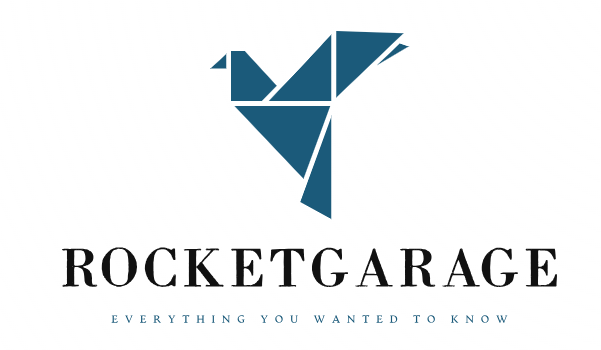
Learn everything there is to know about industrial 3D printers.
The term 3D printing refers to a group of manufacturing techniques that create parts layer by layer. Each has its method of forming plastic and metal parts and material selection, surface finish, durability, manufacturing speed, and cost while getting an industrial 3d printer.
What are the applications of industrial 3D printers?
Jigs and fixtures, end-use parts, concept models, and visualization aids are produced using 3D printing industries. Continue reading to find out more. Manufacturers can improve production efficiency and quality by using 3D printing to create jigs and fixtures.
How is industrial metal 3D printing possible?
Metal 3D printing has a lot of potentials, and industry leaders like Airbus are already using it to make fully functional parts. Industrial 3D printers function similarly to plastic printers. After spreading a layer of metal powder on the printing bed, a laser or binding agent is used to solidify the material locally.

3D Printing Considerations
- Budget
- Mechanical requirements
- Cosmetic appearance
- Material selection
- Geometry
High-performance 3D printing
Additive manufacturing can now create parts for demanding industries using advanced materials such as resistant and rigid materials or flexible plastics. These materials referred to as high-performance materials. With a series of Nylon PA11 materials, it’s also a way to implement more sustainable manufacturing using bio-based materials.
Prototyping is, without a doubt, the most common application for 3D printing. The ability of anindustrial 3d printer to rapidly manufacture a single part enables product developers to test and share ideas at a lower cost. Additive manufacturing used to create a wide range of prototypes, ranging from simple physical models to functional testing parts.

